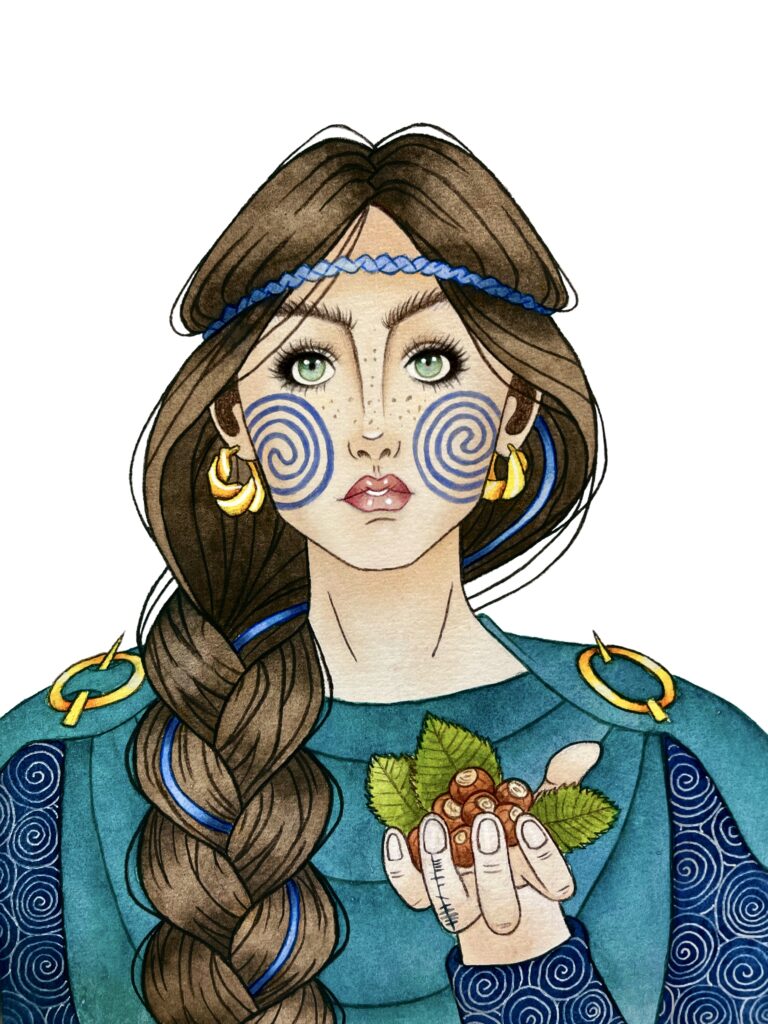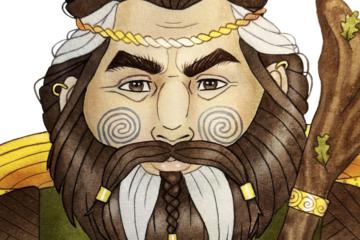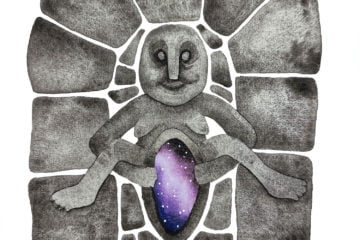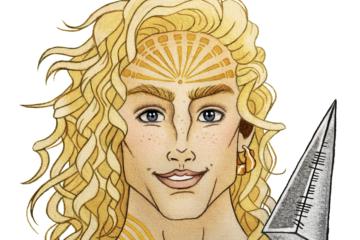
The Goddess Boann (Spelled Bóinn in modern Irish) is the Irish goddess of the Boyne river that flows through the Boyne Valley (Brú na Bóinne) in County Meath. She has strong ties to this ancient land, particularly to Newgrange, as it is told that she created the river.
Boann is strongly associated with poetry, and legend says that drinking from her river, The Boyne, in the month of June would grant the gifts of poetry and seership.
Creating The Boyne River
Boann created the Boyne river by approaching the Well of Segais, though it was forbidden to do so for anyone but her husband King Nechtan and his cupbearers. This magical well was surrounded by nine ancient hazel trees, who’s nuts would fall into the well where they would be eaten by the salmon, who would be endowed with great wisdom. Both salmon and hazelnuts embody wisdom in Irish mythology.
Boann visited the well one day, and decided to test its powers by walking three times around it tuathal, or anti-clockwise. Suddenly the magical waters surged upwards to meet her, and she suffered catastrophic injuries as it swept her and her dog Dabilla down to the sea, thus creating the Boyne River.
Affair with The Daghda
In Irish mythology, Boann is said to be the wife of the Nechtan, or Elcmar. And is also known for having an affair with the Daghda. This affair is particularly well known because she became pregnant with the Daghda’s child and bore him a son named Aengus after a very unusual pregnancy.
In fact, Aengus was actually conceived and born on the same day, as the Daghda used his magic to stop the sun in the sky for nine months in order to conceal their affair from Boann’s husband.
There are no other children known to belong to her, but some people believe that the Daghda’s daughter Brigid may also be hers.
Other Appearances
Boann also has an appearance in the Táin Bó Fraích text. In this story she helps her mortal nephew Fráech to impress Medb and Ailill, by giving him the garment of the Sídhe. She gives him fifty mantles and tunics, emblazoned intricately with different types of animals, fifty spears set with jewels that shine like the sun in the darkness, fifty black horses, fifty swords with hilts of gold, seven great dogs, seven trumpeters, three jesters, and three harpists.
Other Associations
Boann is associated with cattle, particularly white cattle, as her name suggests. ‘White Cow’ in the Irish language is ‘bó-fhionn’. This meaning actually helps us to confirm that these legends indeed come from antiquity, as Ptolemy’s Geography from the 2nd Century shows us that the Boyne River was called Bouvinda back then, deriving from the Common Celtic word for white cow.
Some believe her to be the mother of Brigid, or at least associated with Brigid. It is possible that some stories about Brigid may have originally been attributed to Boann, but simply were retold as Brigid’s stories as time passed.


